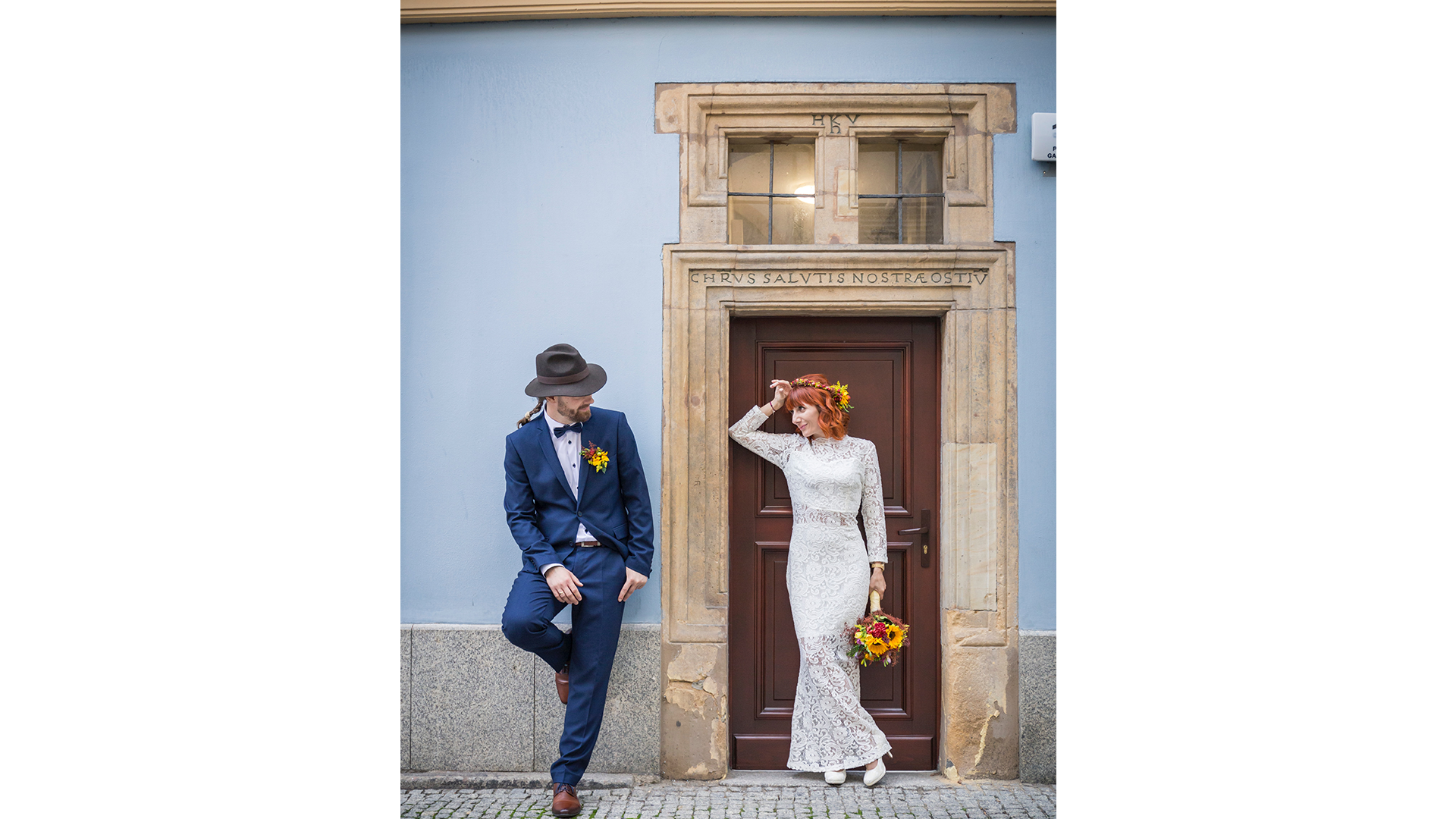Choosing an engagement ring celebrates a milestone in your relationship and from a sentimental point of view, it is perhaps the most important piece of jewelry you will ever own in your lifetime. There’s a lot that goes into selecting the ring that’s perfect for you. It has to be chic and at the same time reflect your individuality and the character of the two of you as a couple. And since you will be wearing your engagement ring for many years to come, you must love your ring as much as you love your fiancé. We’ve put together a guide to some antique and vintage diamond cuts and what they reveal about your personality.
Rose Cut: Dreamy, Subtle
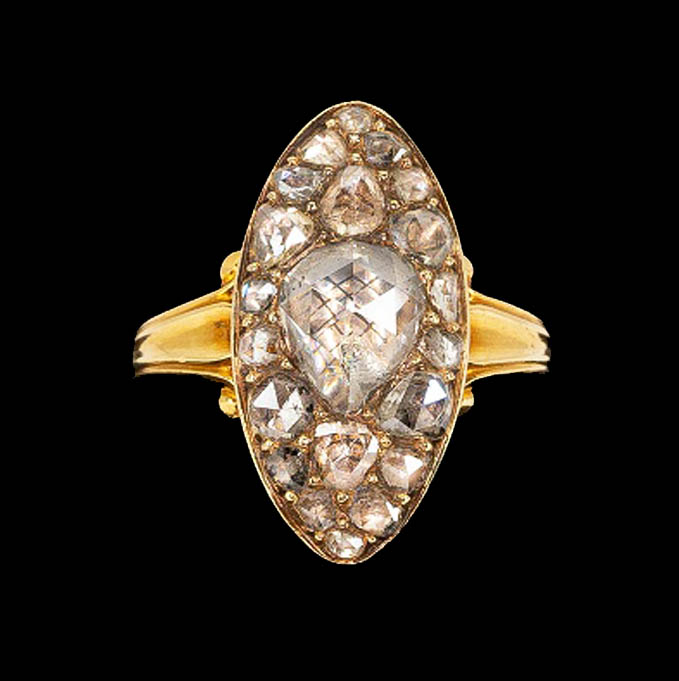
One of the oldest of all the diamond shapes, the rose cut diamond is dome shaped with a flat bottom and triangular facets all over the dome. Due to the way it’s cut, a rose cut diamond reflects less light giving it a dreamy feeling as the diamond shimmers and twinkles gently. If rose cuts are your choice, you are most likely creative, cultured and have a unique perspective on life.
Cushion Cut: Romantic, Sublime
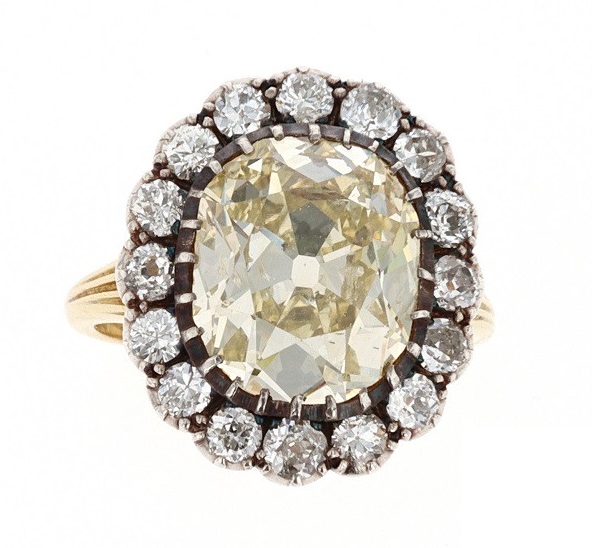
A vintage cushion cut diamond is the original square shape diamond, although it is not a boxy square shape, instead it has rounded corners giving it “cushiony” appearance. The shape originated in the 1800s and became popular because it sparkled especially well in candlelight. Because they were cut by hand, these diamonds are never exactly alike. If you gravitate to a cushion cut diamond, you are probably optimistic, charming and enjoy the perfection of that which is perfectly imperfect.
Old Euro: Classic, Timeless
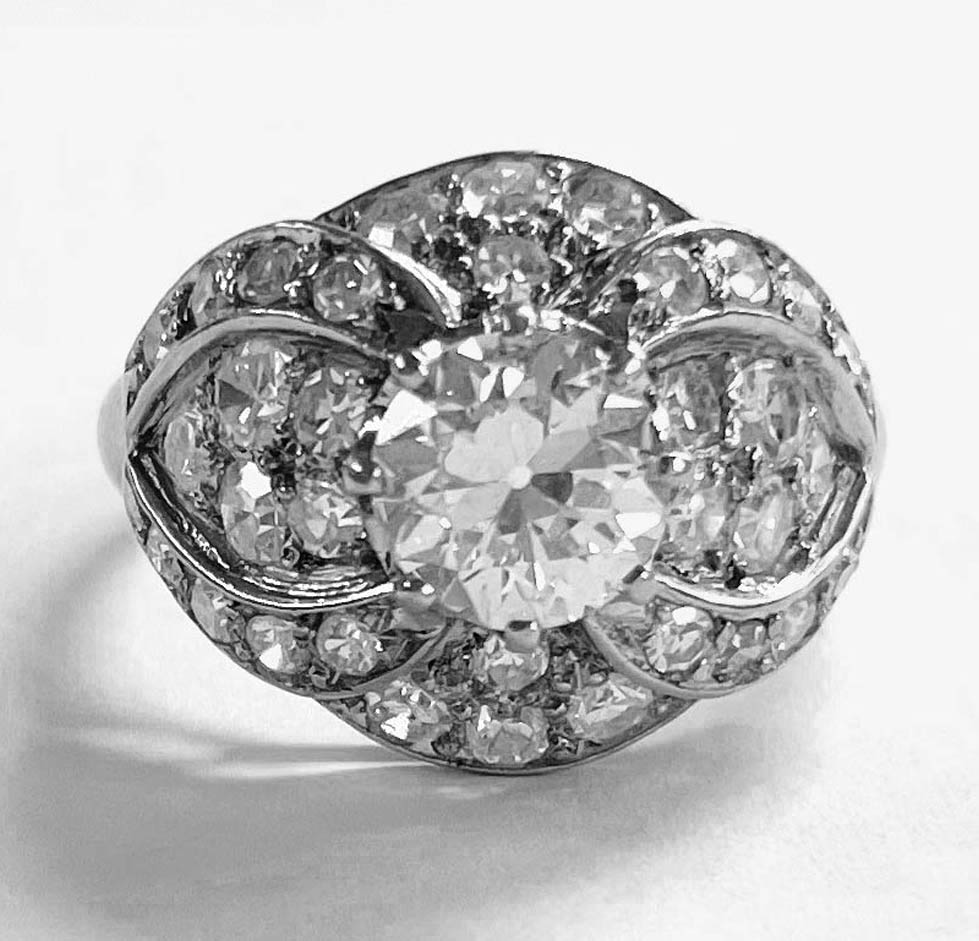
The Old European cut was first created in the late 1800s. Technology had developed enough by this time that cutters were able to make the diamonds rounder and with an open culet that was smaller than that of the earlier Old Mine cut. Although this cutting style was invented in the United States, it was known as the Old European because it was cut by people who had come to the U.S. from the “old country”. If you love an Old European cut, you are most likely literary, sentimental and you love time honored traditions.
Marquise: Avant-Garde, Sophisticated
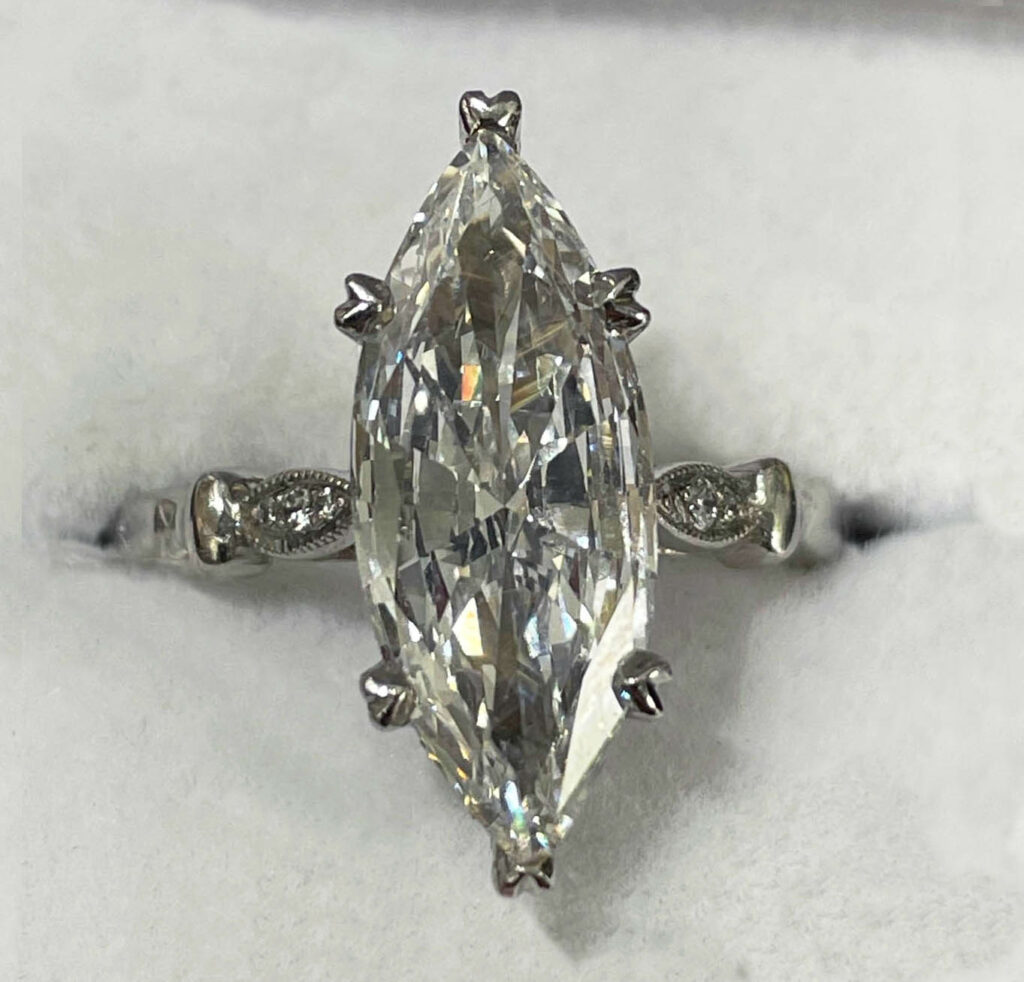
A Marquise diamond is pointed on both ends and is sometimes described as an oval with points on each end. The Marquise shape was created by the jeweler to King Louis VX of France in the mid 1700s. The King wanted a diamond cut that would look like the lips of his mistress, Jean Antoinette Poisson, the Marchioness Madame de Pompadour. It’s a shape that we don’t see much of these days, so it’s particularly lovely if you like something different. If you’re purchasing a marquise shaped diamond, make sure to protect the tips from chipping or breaking with a prong on each point. If you’re attracted to a marquise cut, you are more than likely a free-thinker, artistic and you’re always up on the latest fashion and pop culture trends.
Pear: Glamorous, Poised
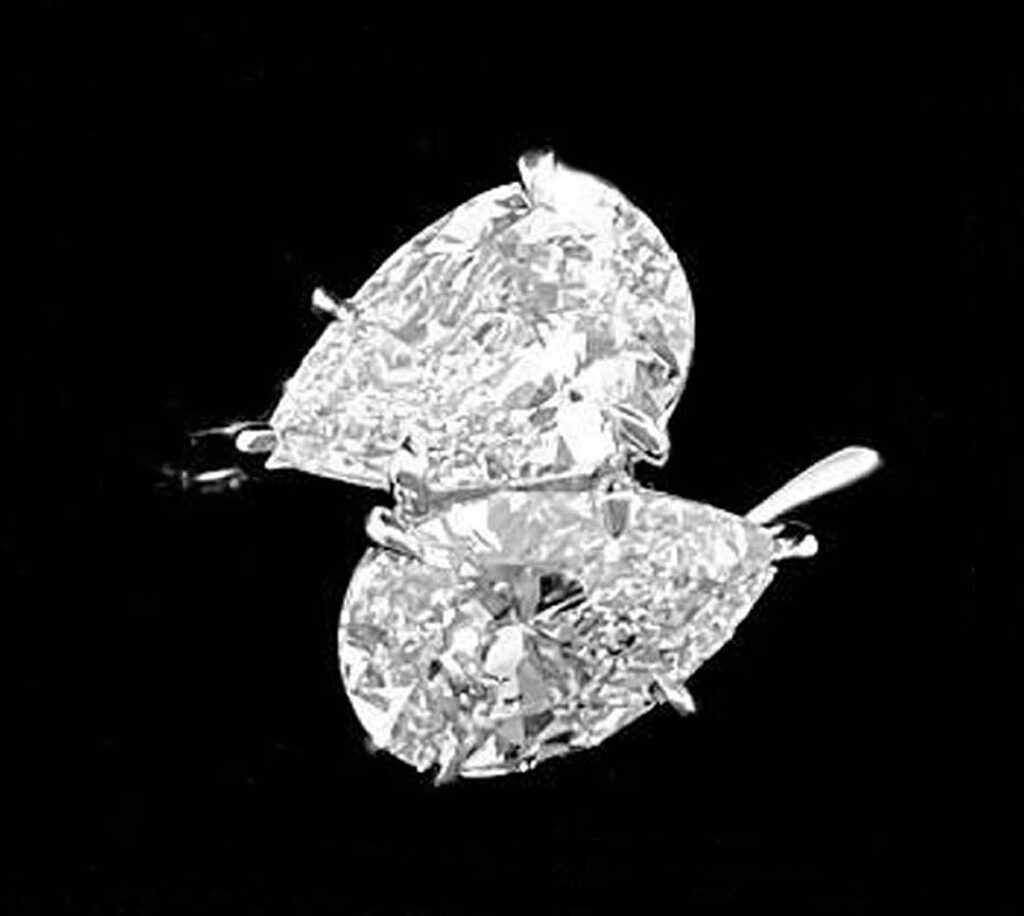
The Pear shape diamond is a combination of a round and marquise diamond. It’s curvy on the bottom with a point on the top, a balance of strength and vulnerability. This shape was thought to have been created in the mid 1400s. If you’re purchasing a pear shaped diamond, make sure to protect the tip from chipping or breaking with a prong. This shape will make your fingers appear longer and slimmer. If you choose the Pear shape you probably are sociable, self-confident and you love indulging in a luxury experience.
Asscher: Modern, Minimalist
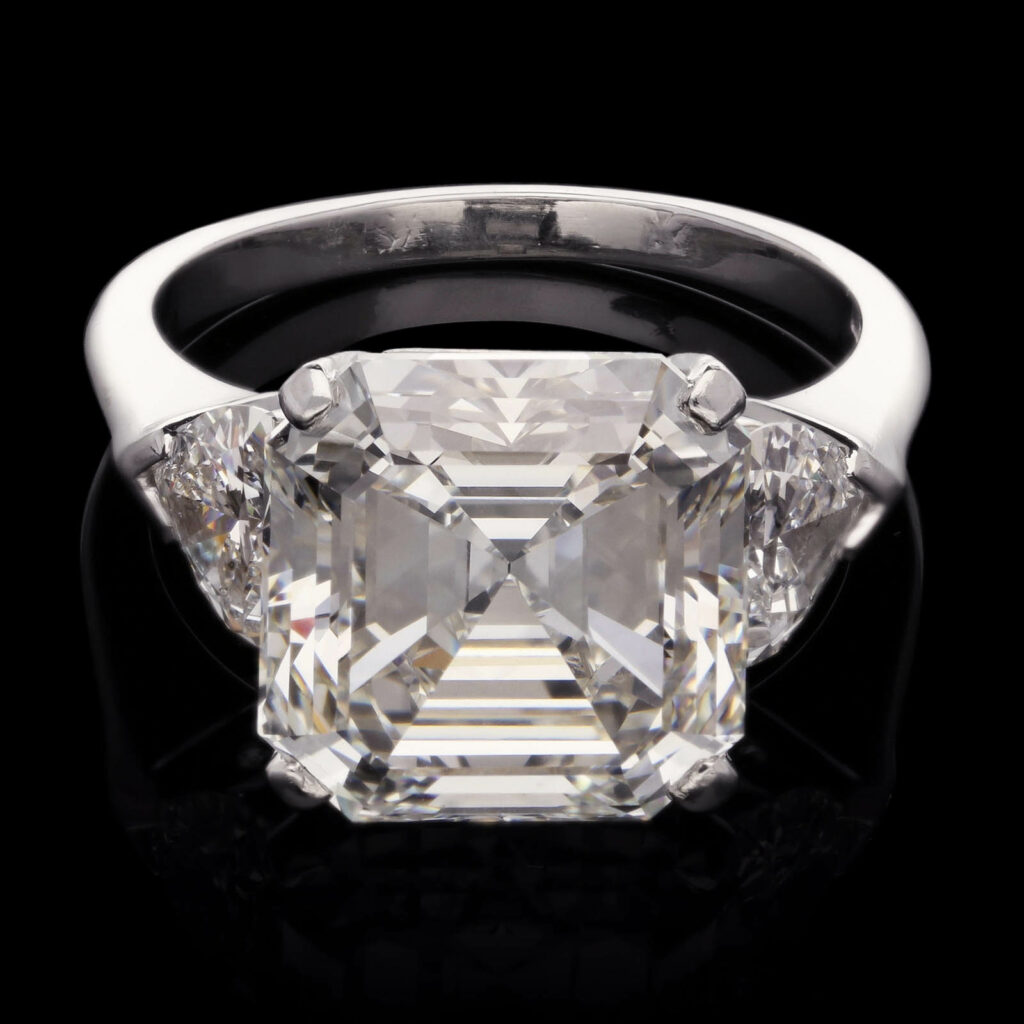
The Asscher Cut was created in 1902 by Joseph Asscher, a family member of the eponymous Netherlands-based firm. It was at the height of its popularity during the Art Deco era because of its geometric straight-lined square shape that went well with styles of the period. The Asscher is a square shaped step cut. The convergence of the equidistant facets create an “X” when you look down into the stone. If you favor an Asscher cut, you are probably innovative, adventurous and the first to try something new.
Emerald: Elegant, Refined
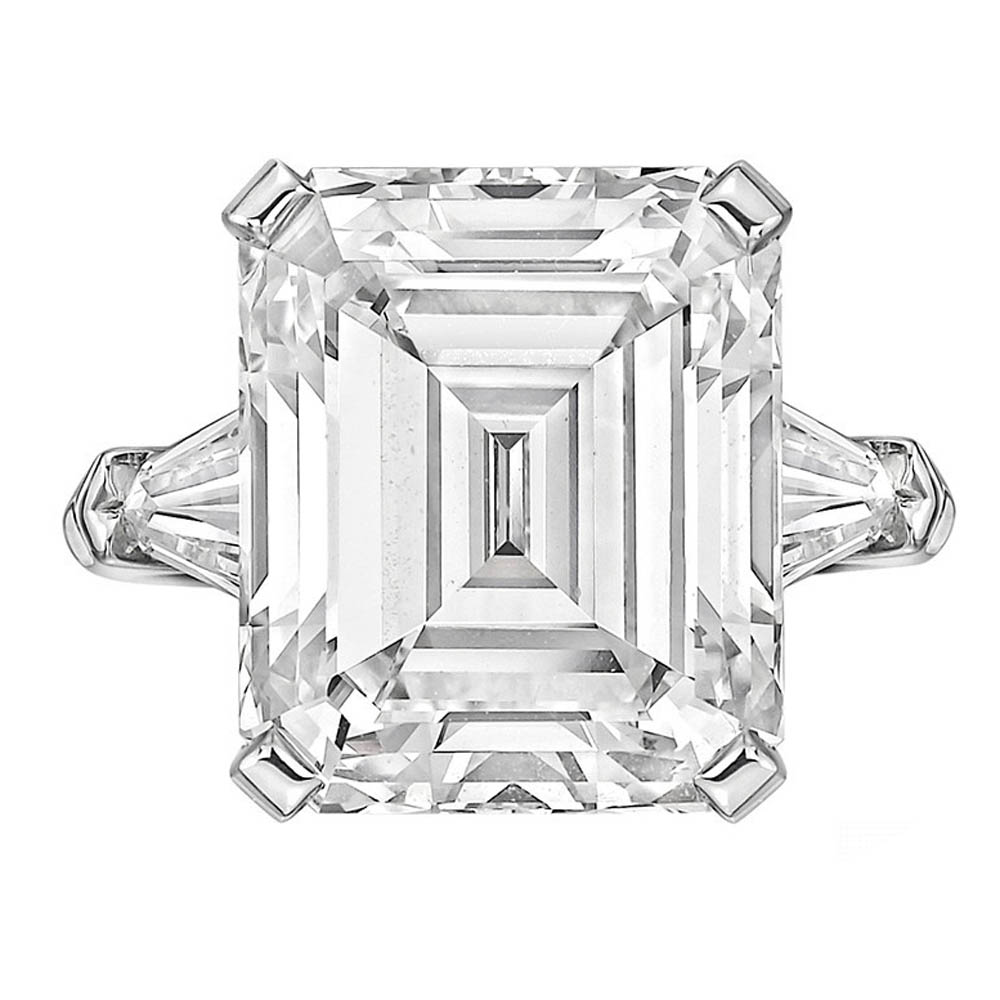
The emerald cut is a rectangular step cut. It has a very large table so you can see everything going on inside the diamond, which is why this shape is usually a higher quality stone, so that it’s free of birthmarks which would be visible in this cut. When you look into your diamond, you want it to look like a serene pool of cool water. The Emerald cut first appeared in the 1500s, but the shape was popularized in the Art Deco era when the sleek lines played well with the geometric designs that were created at that time. If the Emerald cut catches your fancy you are probably cosmopolitan, gracious and you enjoy travelling and discovering new places.
Keep in mind that the diamond you select is the perfect one for you and a true reflection of who you are as an individual and as part of a couple. Trust your instincts and choose what you love.
Authored by Amber Michelle
